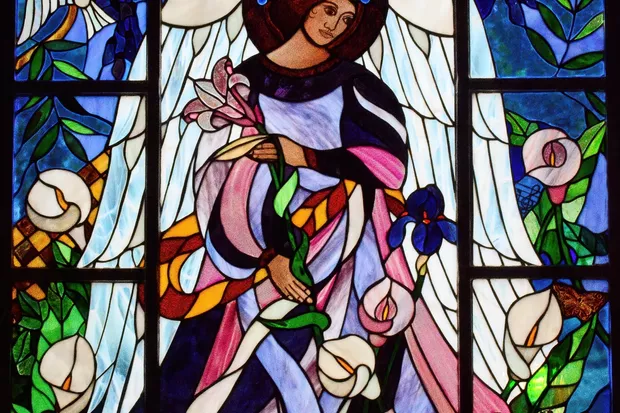From the headmistress’ desk: 2 August 2019
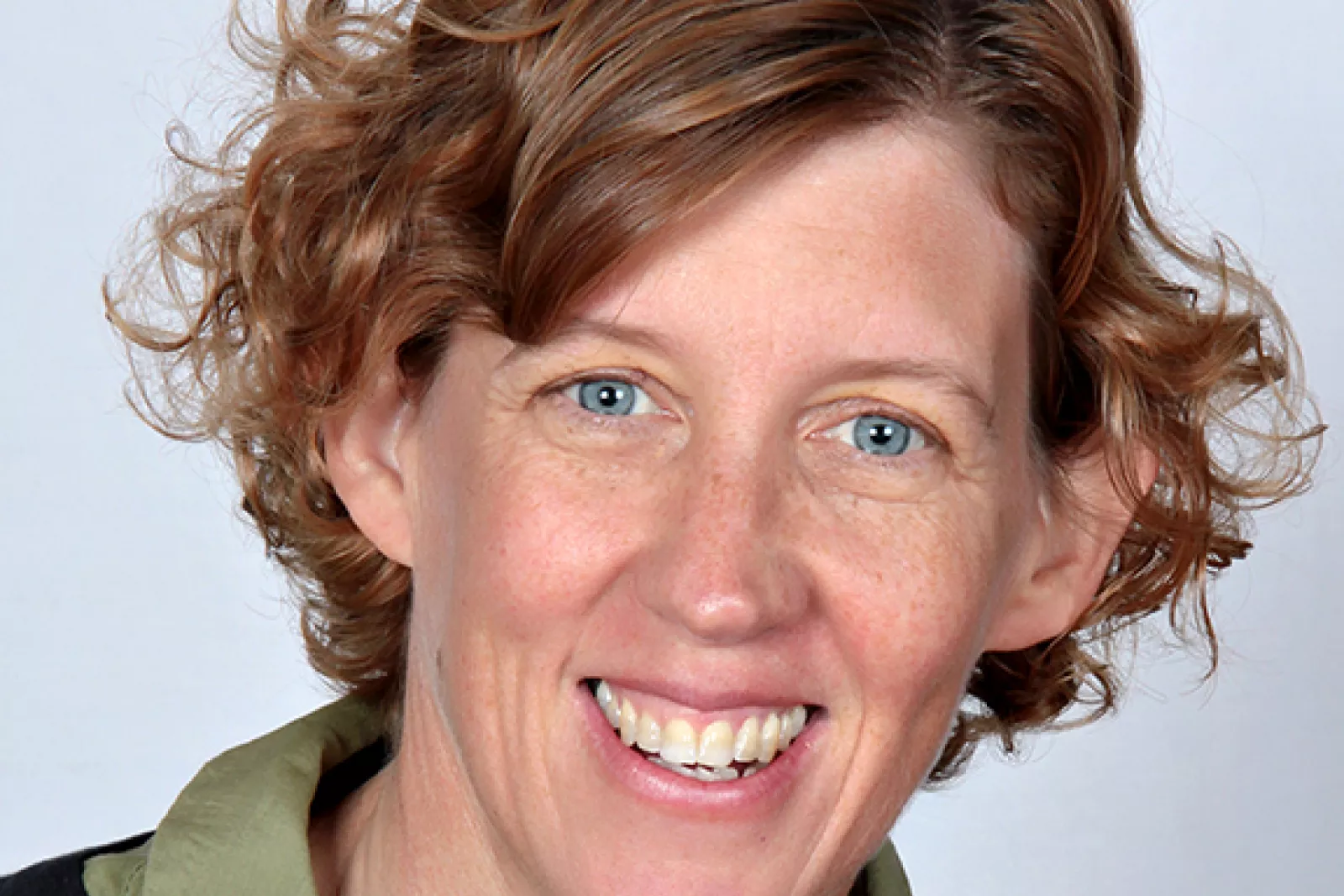
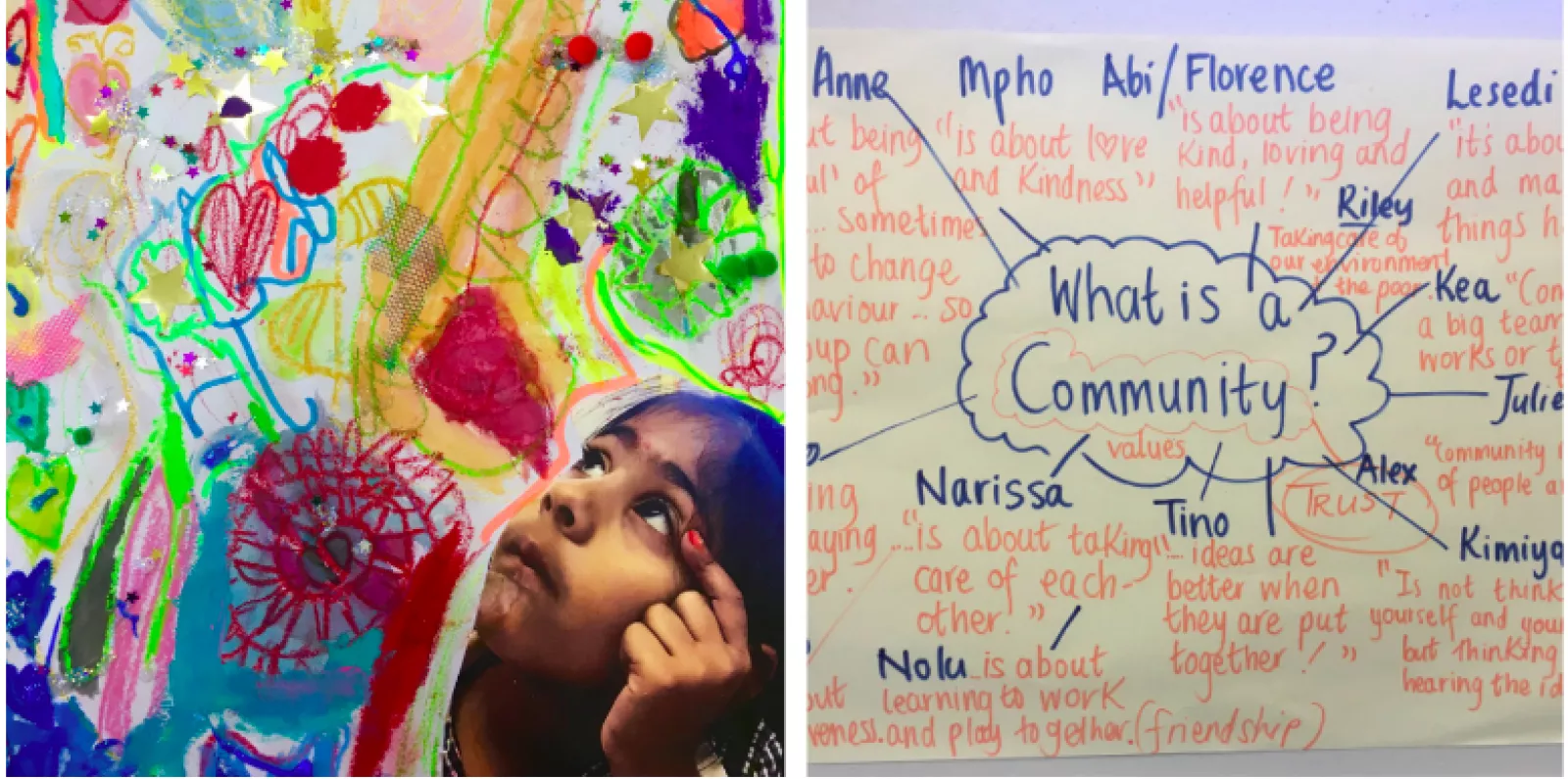
Dear parents
Last Thursday, Lauren Howden, our head of curriculum development, and I hosted an evening of directed conversation on diversity for the Junior School. We opened the event with Lauren’s wonderfully rich and thought-provoking presentation on some of the remarkable work being undertaken with our girls. Her meticulous documentation of the girls’ thoughts and responses featured images, video clips and written excerpts that demonstrated the value of pedagogically sound and developmentally sensitive interventions with primary school children. What follows below is a version of the introduction I gave on the evening.
Children, all our children, are at the centre of our thinking tonight to ensure that our process is guided by integrity and love. Our clear but unsentimental vision of child at St Mary’s draws on the Reggio philosophy, the South African Constitution, and the Declaration of the Rights of the Child. In the words of Constitutional Court Judge Albie Sachs:
If a child is to be constitutionally imagined as an individual with a distinctive personality, and not merely as a miniatureadult waiting to reach full size, he or she cannot be treated as a mere extension of his or her parents, umbilically destined to sink or swim with them. The unusually comprehensive and emancipatory character of Section 28 presupposes that in our new dispensation the sins and traumas of fathers and mothers should not be visited on their children.
Individually and collectively all children have the right to express themselves as independent social beings, to have their own laughter as well as sorrow, to play, imagine and explore in their own way, to themselves get to understand their bodies, minds and emotions and above all to learn as they grow how they should conduct themselves and make
choices in the wide social and moral world of adulthood.
I want to remind you that we work with children, not on them. Interventions with children in questions of diversity, identity and affiliation are rarely linear; they take time and involve gains and losses and lots of repetition, some of which is joyous; despite the planning involved, mess and risk form part of the process; there is adventure and boredom, idealism, bravado, intent and distraction, resistance, fear and noise. Not unlike going on a bear hunt: We can’t go over it. / We can’t go under it. / Oh no! / We’ve got to go through it!
Our approach to teaching diversity is anchored in the school’s policies on our educational philosophy, the Christian identity and ethos of St Mary’s, our anti-bullying and anti-racism policies, and our statement on gender – all of which are available on the app or the school website. St Mary’s is a school for girls with a stated interest in educating our students to respect and believe in themselves as women.
Increasingly, as more reliable evidence emerges, we find ourselves caught somewhere in the middle of polarised views on educating boys and girls: on the one hand, the seemingly progressive theory that there are no innate differences between girls and boys; on the other, the affirmation of innate differences between girls and boys and reinforcement of gender stereotypes.
Neither of these is workable. We need to engage, openly and critically, with research on how girls and boys enter the classroom so that we can be alive to their different needs and abilities in a way that is pedagogically and ethically sound.
Built-in gender differences relating to auditory discrimination, facial recognition, and neural development appear more pronounced in the developing brain. We have to think carefully about how to talk to girls, drawing effectively on their desire to establish close bonds with their teacher while at the same time gently redirecting their need to give the teacher the answer they think she desires. This is a delicate balancing act with real implications.
At the risk of being blunt, make sure, with us, that you are seeing your daughters. I am aware of a wistful tone inflecting conversations about how girls socialise and play that compares them unfavourably with boys who are seen to solve everything with a good-natured punch or playground scuffle or who gather uncomplicatedly around activities that allow them to ignore their differences and bond silently through mutual endeavour. I am not saying this does not happen, but we need to stop wishing, however unconsciously, that our girls could be more like their brothers and join the mostly women teachers who inhabit primary schools in finding ways to use girls’ observable strengths and inclinations to create sustainable change.
We want to be here this evening. The conversation the Junior School is hosting tonight should not be seen as something we are doing out of a sense of obligation. We spend a lot of time thinking and talking about how our girls experience diversity at school and how they might experience it differently – now we need to find more ways of communicating with you about these discussions.
Our decision not to make tonight’s gathering into a curated event featuring a guest speaker with no knowledge of the school has to do with our desire to create conversation, listen to diffuse viewpoints and generate questions; we want to guard against the dangers of the single narrative, something Lauren and I have taken as our unofficial theme for this discussion.
We’re going on a bear hunt. / What a beautiful day. / We’re not scared.
Happy holidays!
Dr Sarah Warner
Junior School headmistress
Related News
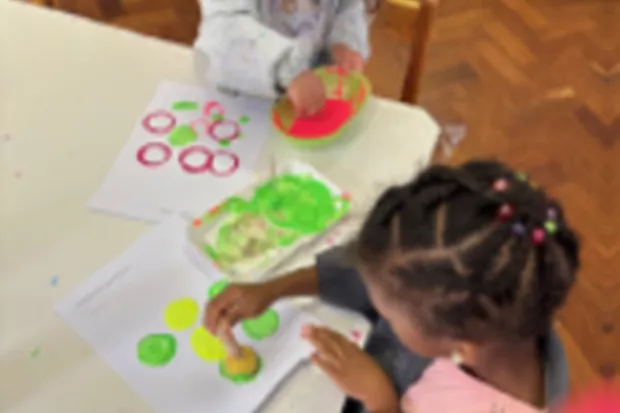
Little Saints News
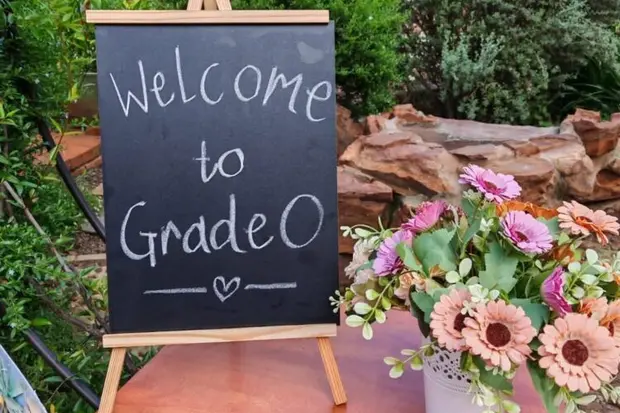
Grade 0 News
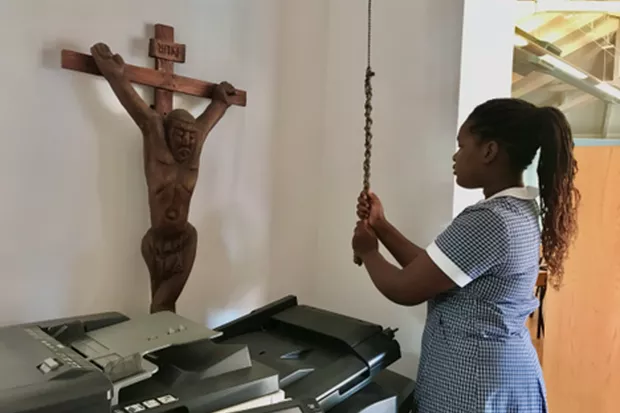
Grade 7 News
